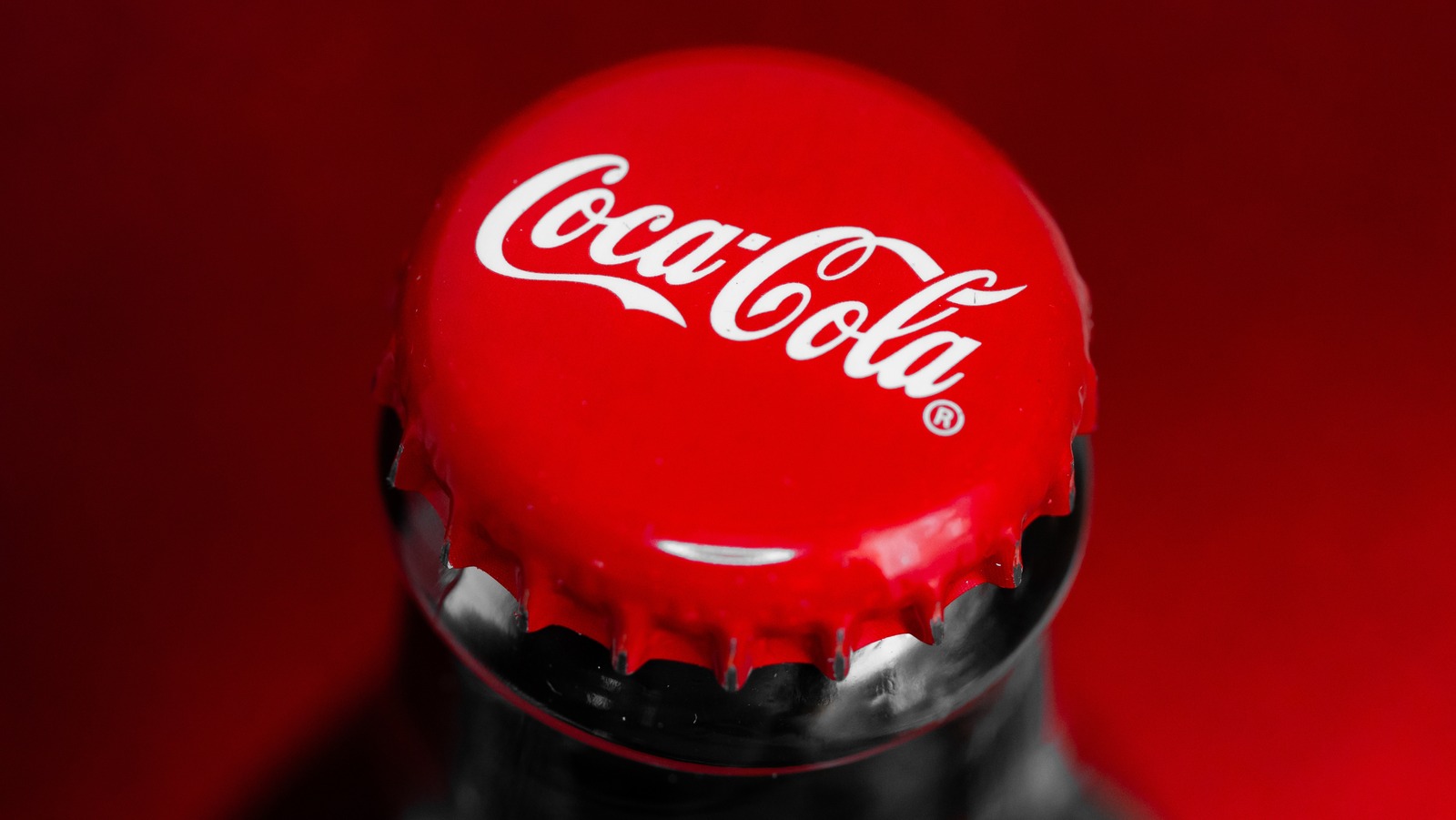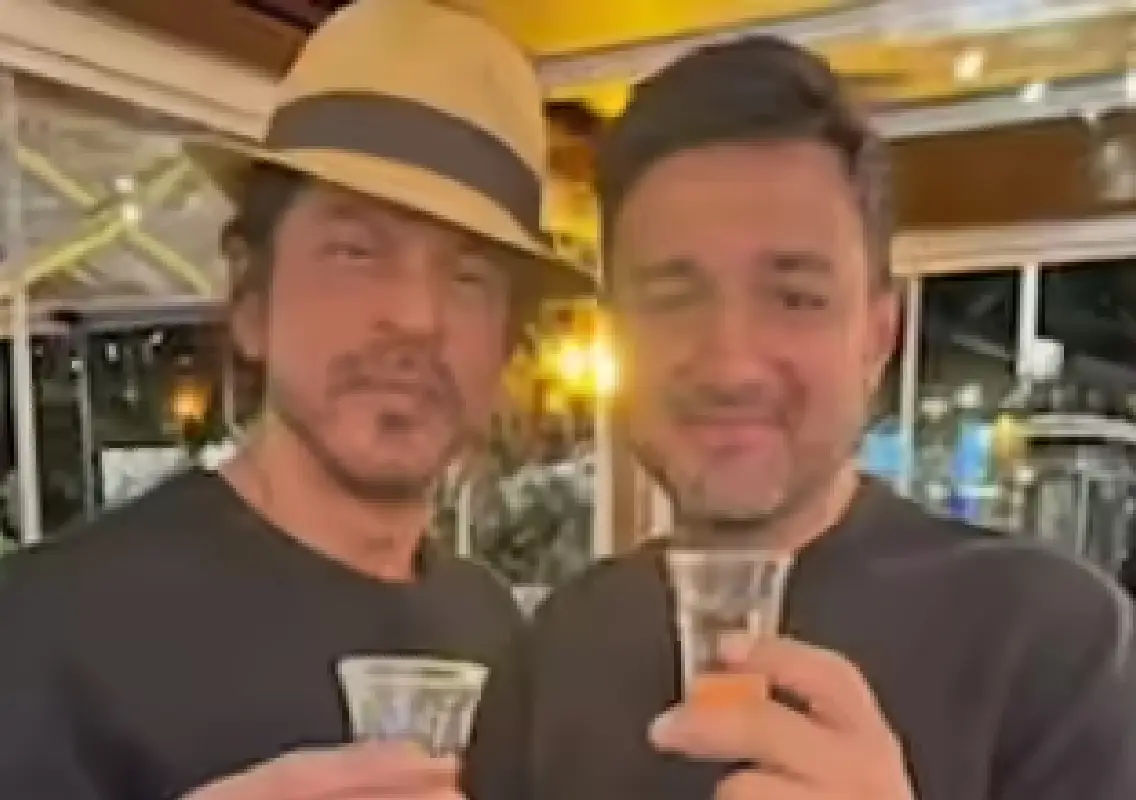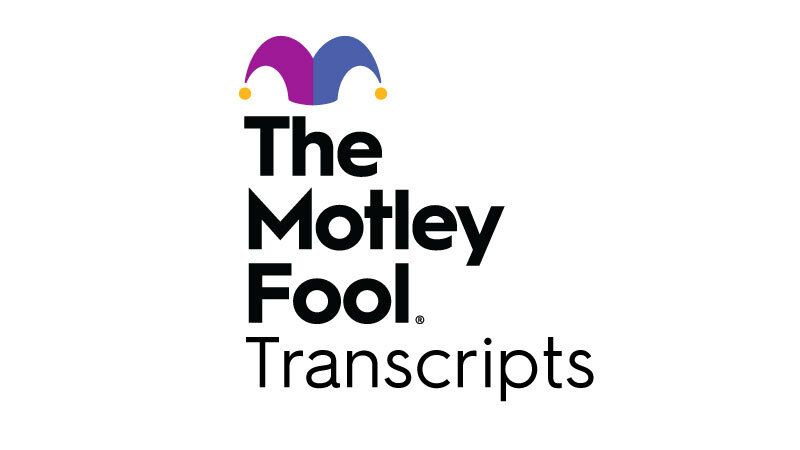Copyright SlashGear

There's no denying that Coca-Cola is an iconic brand, with the soda company standing at the forefront of pop culture for decades. With that said, it hasn't necessarily been in the good graces of the general public in recent years. Between its use of generative artificial intelligence for holiday advertisements and product recalls due to contaminated metal, Coca-Cola hasn't been looked at in the best light as of late. With that said, the company does seem committed to doing some good, as evidenced by its efforts to reduce the negative impact of product packaging on the environment. In 2023, the University of Alabama introduced reverse vending machines, which encouraged the disposal of recyclable materials so they could be reused instead of making their way into the environment. These vending machines were the product of a collaboration with ATLAS RVM Systems, the Coca-Cola Company's World Without Waste program, and Tuscaloosa Coca-Cola Bottling Co., a sales and distribution center of the Coca-Cola United bottling company. More recently, these reverse vending machines have expanded their reach. Some have even made their way to international destinations like Scotland, where students of New College Lanarkshire in Glasgow are encouraged to use them to keep the campus clean — and get canteen credits in return. There's plenty of use for recycled materials, including sustainable tech products, so these reverse vending machines seem like a great idea. In practice, though, how exactly do they work? The concept of the reverse vending machine is hardly new, having existed in some form for decades. In fact, chances are you've seen or potentially used one like those that have been introduced by Coca-Cola and its collaborators at your local grocery store. They're the ones that take plastic, glass, and aluminum — or potentially a combination of two or all material types — and will reimburse you for the cans and bottles you recycle. For those who've never seen or used such a machine and are curious about them, as seen below, YouTuber Southwest Refuse Vehicles Ireland posted a Short to demonstrate how they work. As seen in the video, you drop a container into the machine via a hole in the front. A set of conveyors takes it in and scans it, confirming that it is a recyclable item and one that can be financially reimbursed. The machine then documents and sorts the item based on its material type. Oftentimes, these machines will crush containers as well, making the most of their internal storage space. Once full, the machines are emptied, with the bottles and cans sent off to a processing facility. Here, they're further destroyed and converted into usable material to be remade into a new set of containers. Science has found some unexpected uses for plastic trash throughout the years, and efforts like Coca-Cola's reverse vending machines are sure to make such materials more accessible. When it comes to keeping Earth clean and as waste-free as possible, every bit helps.



